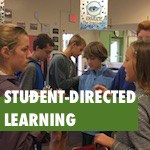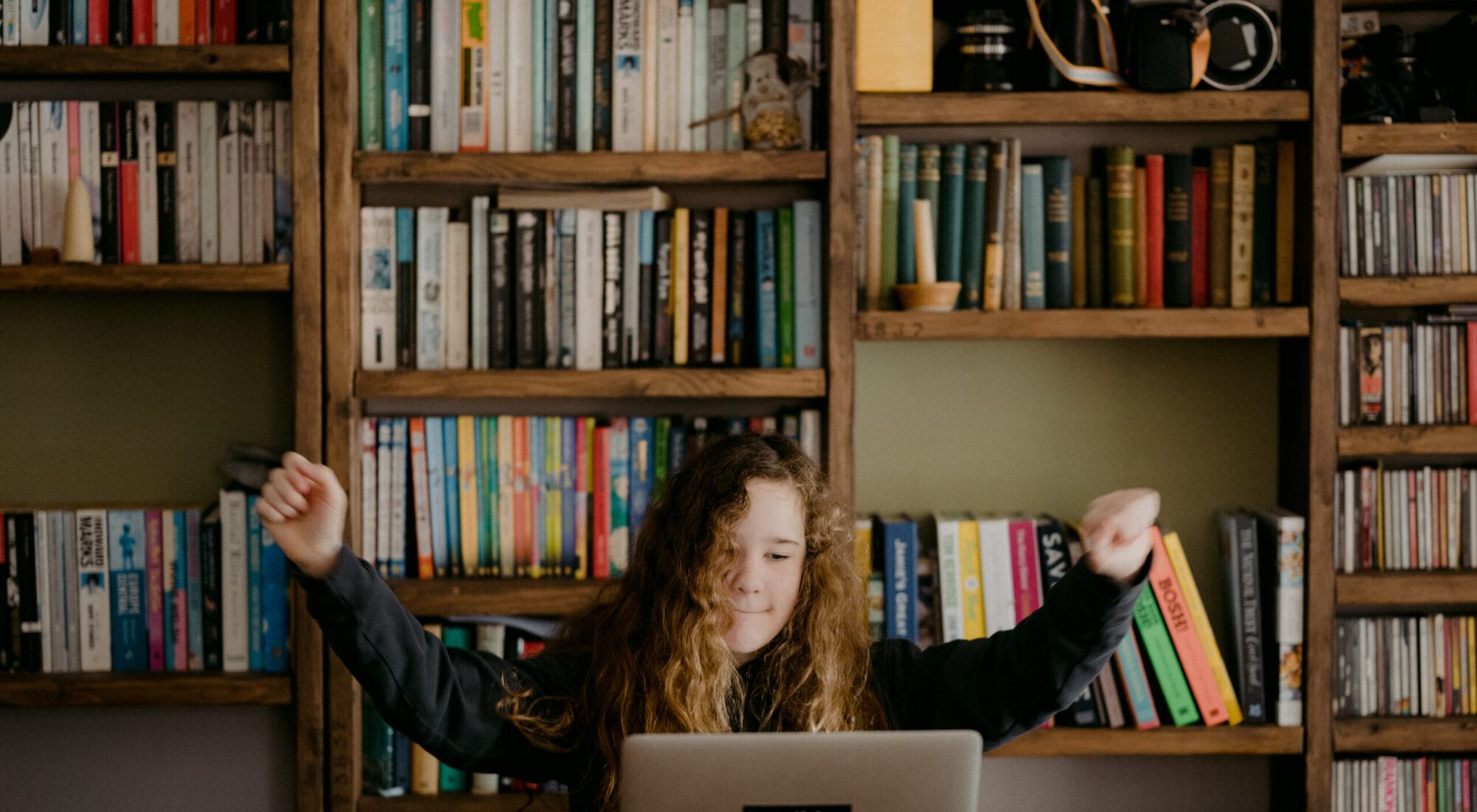It takes a combination of flexible pathways and student passion.
 Peoples Academy Middle Level 6th graders Noble Beerworth, Josephine Simone, Anna Isselhardt, and Jacob Fougere won big at this year’s VT Tech’s Bridge Building competition. They built a bridge that withstood 1,089 pounds of pressure, but the story of how their school helped them get there is equally impressive.
Peoples Academy Middle Level 6th graders Noble Beerworth, Josephine Simone, Anna Isselhardt, and Jacob Fougere won big at this year’s VT Tech’s Bridge Building competition. They built a bridge that withstood 1,089 pounds of pressure, but the story of how their school helped them get there is equally impressive.

Because of Peoples Academy’s commitment to supporting student interest projects via flexible scheduling and to valuing students’ desire to take on challenges, and because these four intrepid designers devoted their talents and abundant energy to this project, they exceeded all expectations.
VT Tech’s Bridge Building competition

PAML principal Karen Weeks, explains:
“The bridge won 2nd prize in Aesthetics and Originality of Design, 1st prize in Presentation and Team Spirit, 1st prize in Maximum Carrying Capacity, 1st prize in Structural Efficiency, and the Grand Prize as the Overall Best Bridge.
The bridge supported 1089 lbs (over 800lbs more than the second place bridge tested that day). The strongest of the High School bridges this year (which were tested at VTC on March 31) held 660 lbs. The PAML bridge actually exceeded the testing gauge’s 1000lbs capacity.”
The VT Tech Bridge Building Competition this year featured 46 teams of middle schoolers, all of whom arrived with a bridge built to the competition’s exacting standards.
What were PAML’s keys to success?
As sixth grader Noble explained, “We were a successful team because we found time to build [the bridge]; we worked on the design for a long time. We also had a goal we wanted to complete and we didn’t want anything to get in the way, so we kind of had to work with each other.”

School supports
Opening up opportunities for student choice
The students’ coach, Karsten Weiss, explains. “They designed it so well because it was a combination of their ideas, and adult feedback they received. So I think for them it was really important to see that hard work pays off and it also pays off to listen to the experts. They met with their math teacher (who is a trained engineer) and got some feedback from him.”
The power of flexible scheduling
“The time that we worked on the bridge we had to scrape together different time periods,” said sixth grade engineer Josie. “So, we had AT, which is a time period when we could catch up on your work. So we’d go down to our facilitator’s room and work on the design and talk out some of the different ideas that we had. We also worked on it every day during lunch which is when we’d build some of the pieces and a continue to work on the design.
Opportunity time is a time at the end of the day. It’s forty-five minutes long. You pick something that you are interested in and you focus on that. You come up with different projects and then when you are done doing what you wanted to do, you have to do a couple of reflections. We used this time to work on our bridge. We also worked on it during a couple of Saturdays.”
Weiss agrees time devoted to student projects paid off.
“It was really helpful to have flexibility in the schedule,” he says. “It’s a time consuming project there’s no doubt. This is a big project. Without the ability to spend this much time for the students on the project and without the willingness to that as well, it takes two things. They have to want to do it and they have to be able to do it.”
Reflection required
“We also had to reflect on it on our PLPs, our personal learning portfolios, for Opportunity Time goals and our academic and evidence goals, so we can also look back on that and see what we thought worked well and what we thought we could change.
When we have this stuff to document for the first time doing it I think that is very helpful because if we made any mistakes we know how to fix them and we know how to make them better and how to make them more efficient. We really understand what we did wrong and what we can do to fix it.”
Peoples Academy proudly displays the team’s winning bridge in all its crushed glory, in the school’s main display case.
The takeaways:
Even in this time of exciting technology innovation, there’s still room for the classics. Popsicle sticks, dental floss and plain old white glue built a bridge that exceeded everyone’s expectations and smashed the competition.
Great things happen when we support our students. When we:
- open up opportunities for choice
- create time in the school schedule
- guide them through mentorships, and
- require reflection
All we need then is to get out of their way and help them celebrate their success.
How can you provide supports for students’ flexible pathways?

